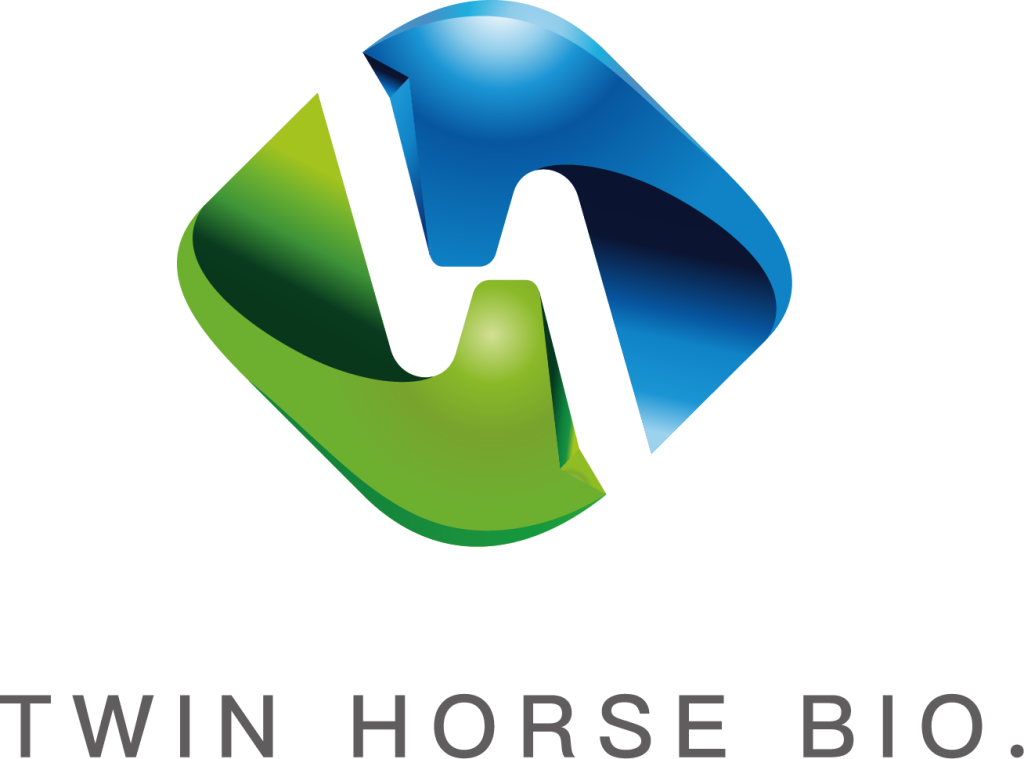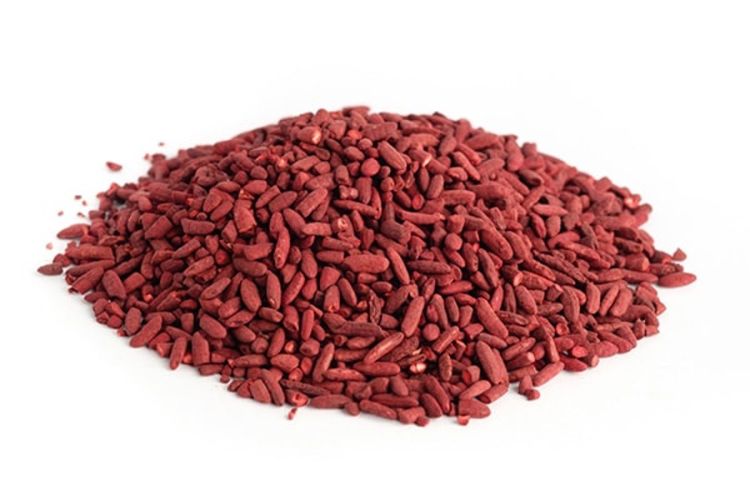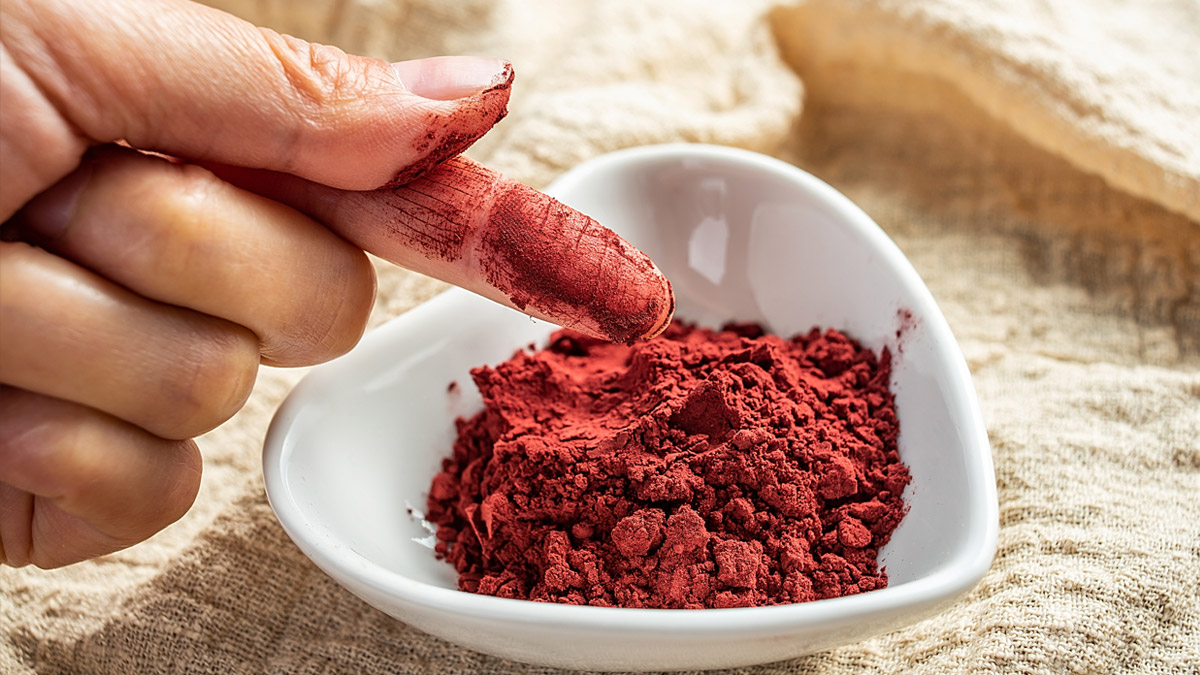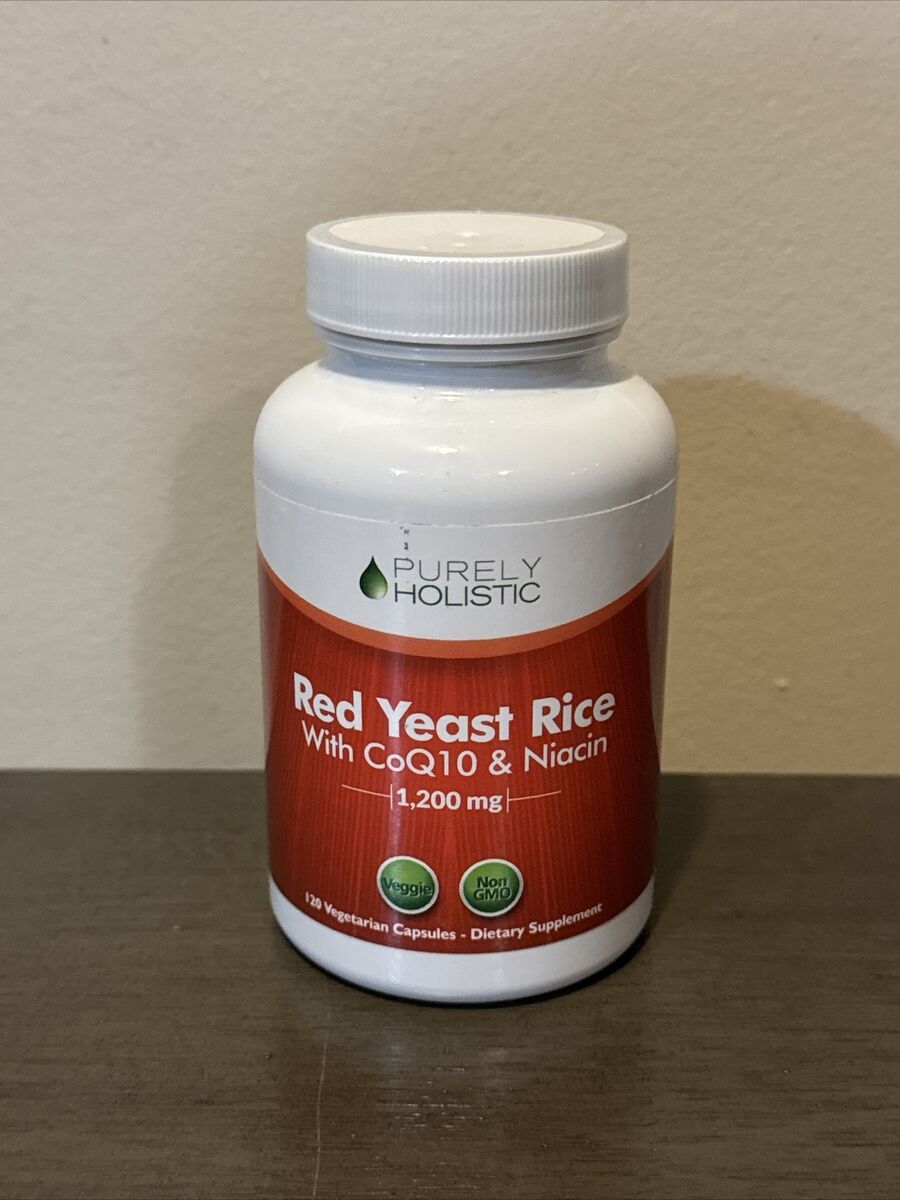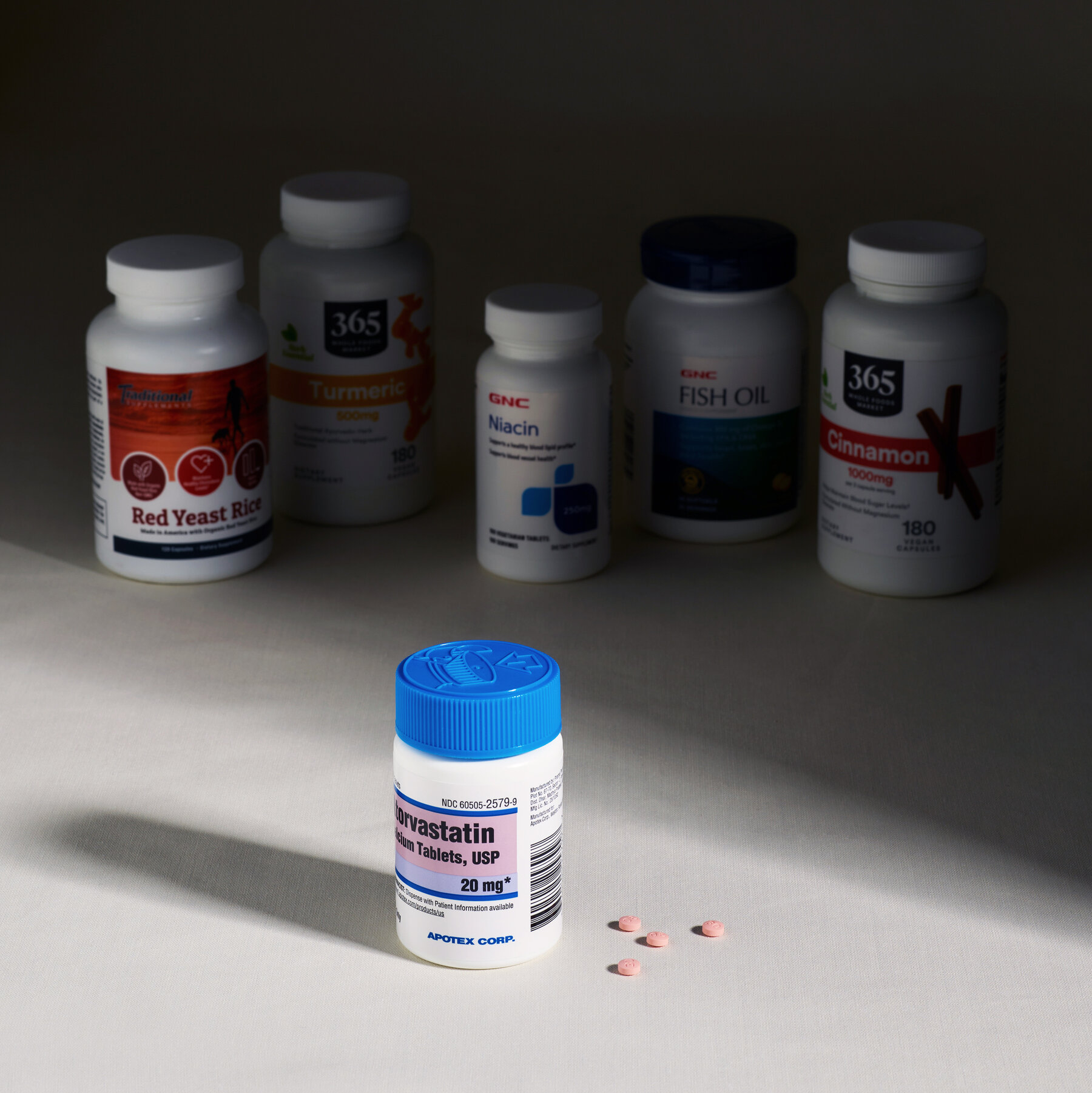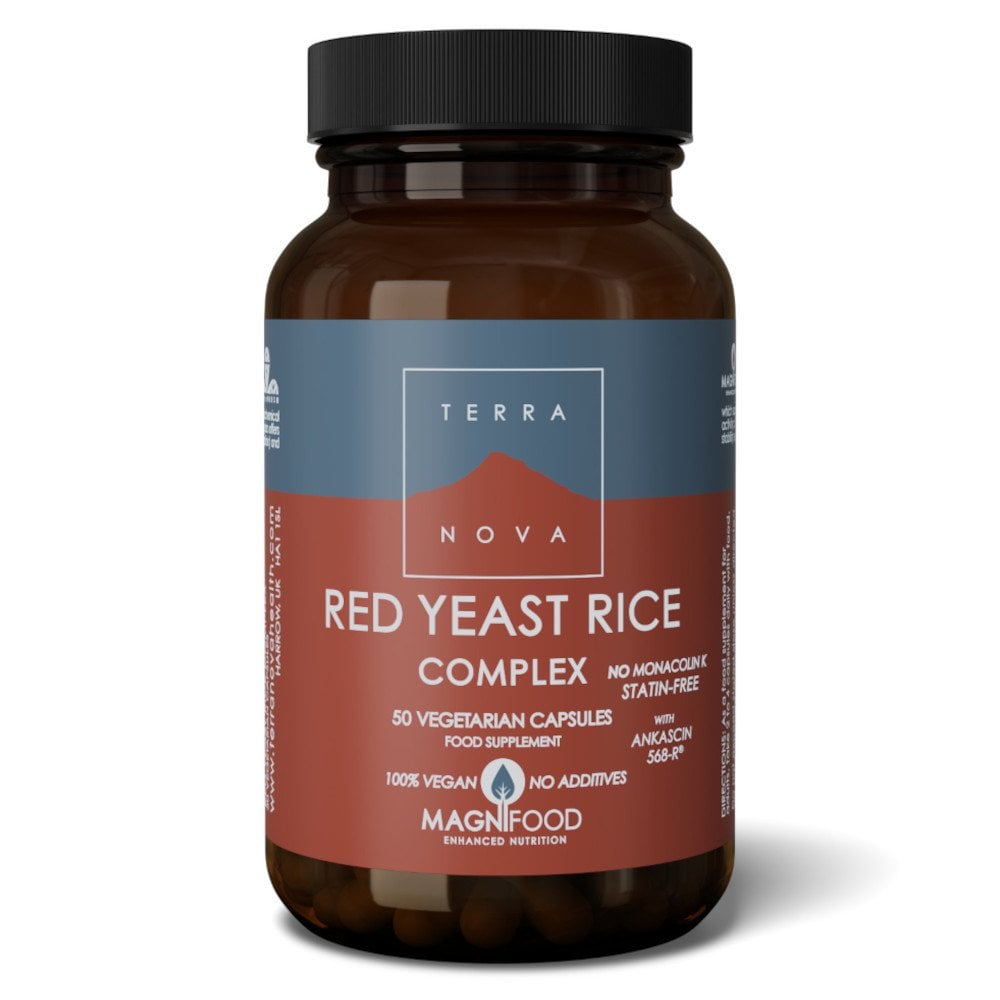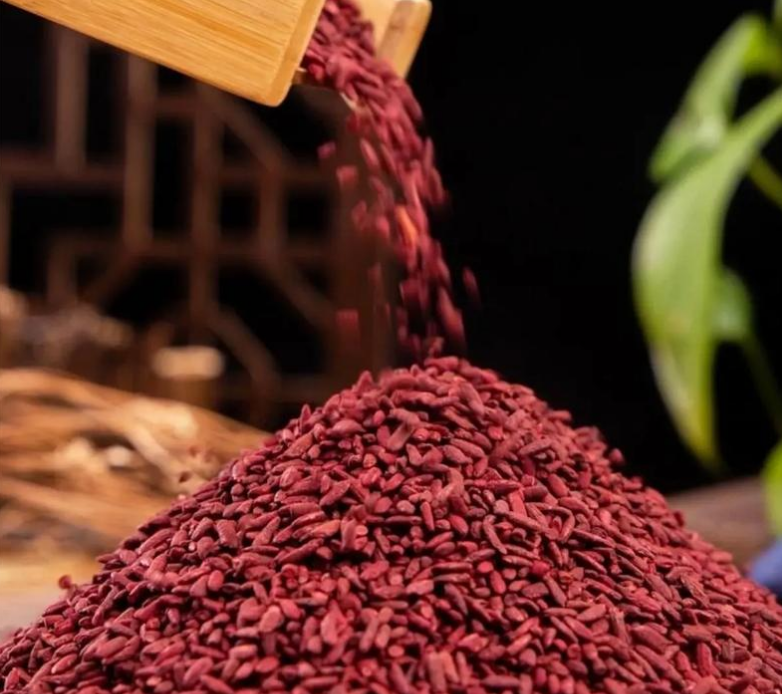The best red yeast rice supplement contains 10-20 mg of Monacolin K per day for effective LDL reduction (up to 30% in 8 weeks). Choose citrinin-free products with third-party certifications, like USP. Opt for 1200-2400 mg daily, split into two doses, for consistent cholesterol-lowering results.
Monacolin K Standardization
Monacolin K is an active compound considered the major player in the cholesterol-lowering action of red yeast rice. It is, therefore, important that any supplement of this product be standardized. It has been shown that daily intake of 10-20 mg of Monacolin K reduces LDL cholesterol by up to 30% within 6 to 8 weeks. It creates an effect similar to small doses of prescription statins, therefore being a common choice among those who opt for self-service selections and have less stringent laws. However, it remains that many markets are nonregulated, with the Monacolin K composition in red rice supplements extremely variable-mostly below 1 mg up to above 10 mg per serving-and thus it requires care on the part of the consumer in critically perusing labels.
Standardization not only ensures efficacy but also consistency in dosing. For instance, when comparing two easily accessible red yeast rice supplements, one brand guaranteed 10 mg of Monacolin K per serving, while the other only guaranteed 1200 mg of red yeast rice extract, not indicating the amount of Monacolin K. Where the second product had less than 2 mg of Monacolin K, making it drastically less effective. Consumers should emphasize supplements that explicitly state the amount of Monacolin K included within the formulation since this is a critical key to determining health benefits that can be measured.
Safety is another important aspect of standardizing Monacolin K. Fermentation of red yeast rice can create citrinin, a toxic by-product linked to kidney damage. In addition, all high-quality products are independently tested by third parties to assure they contain no citrinin. European standards, for example, call for less than 50 parts per billion of citrinin, and some American manufacturers voluntarily follow similar limits. Indeed, in one analysis of 28 red yeast rice products, close to a third exceeded acceptable limits for citrinin, highlighting the importance of selecting a supplement bearing a certification from a reputable organization such as USP or NSF.
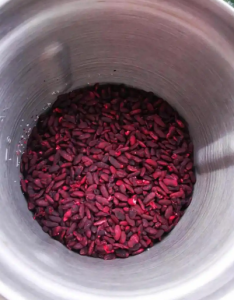
Citrinin-Free Certification
Citrinin is a toxic metabolite-a mycotoxin-produced in the fermentation of red yeast rice and can result in very serious health consequences. Because of these risks, European regulatory policies have a maximum limit on citrinin in red yeast rice products of 50 parts per billion. However, many products show levels exceeding this. In one analysis of 2021, 30 red yeast rice supplements sold in the United States and Europe found that 25% of the products contained more than 50 ppb of citrinin, with some lots reaching over 200 ppb. This is a call for ensuring consumer safety, especially when consuming red yeast rice over an extended period, through citrinin-free certification.
Citrinin exposure has also been associated with kidney damage and oxidative stress; thus, it is a factor that might be harmful to the individuals with an already weakened kidney function and those who, for other conditions, take some medicines that impinge on their renal functions. Research has shown that even low, chronic exposure-with levels as low as 50-100 ppb-citrinin can give measurable kidney toxicity in animals. For this reason, supplements should be chosen that have undergone severe third-party testing to verify their citrinin-free status. Products that are certified by organizations such as NSF International or USP are more likely to be safe for consumption and avoid the potentially toxic supplements.
The cost of testing and certification does translate into product pricing; however, this is a necessary investment in safety. Generally speaking, high-quality red yeast rice supplements that are citrinin-free certified cost 20-30% more than their uncertified counterparts. For instance, a certified supplement may sell for $25-$35 for a one-month supply, while uncertified products can be as low as $15. This price difference reflects the added quality control measures, including advanced chromatography testing techniques, to detect and eliminate citrinin contamination. Although the upfront cost could be higher, long-term health benefits justify the expenses in pursuit of safe and effective cholesterol-lowering solutions.
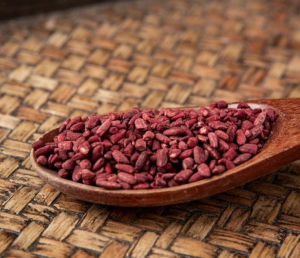
Combination Formulas with CoQ10
Combination formulas of red yeast rice with CoQ10, on the other hand, are increasingly popular for complementary benefits both in supporting cardiovascular health and mitigating potential side effects. Red yeast rice contains Monacolin K, which has been studied to lower LDL cholesterol by 20-30% in 6-8 weeks at a dosage of 10-20 mg per day. One important adverse effect, however, is that Monacolin K lowers CoQ10 levels in the body by 15-20%, which can cause muscle pain, fatigue, and weakness. Adding CoQ10 to the formulation will help replace these levels and improve patient compliance and overall efficacy.
Clinical evidence supports the addition of CoQ10 to red yeast rice supplements. For example, one randomized trial of 100 patients with high cholesterol found that patients receiving 200 mg CoQ10 daily in addition to red yeast rice had a 35% reduction in muscle-related adverse effects compared to those taking only red yeast rice. Moreover, this combination also enhanced patients’ energy levels and decreased complaints of fatigue by 40%, thus further underscoring the role of CoQ10 in blunting the adverse effects frequently seen with cholesterol-lowering interventions.
Inclusion of CoQ10 in combination formulas is especially advantageous for the older adult population. Because natural CoQ10 levels in the body are reduced by approximately 25% at age 50 and by up to 50% at age 70, supplementation is crucial. A 60-year-old patient receiving red yeast rice without supplementation with CoQ10 has an increased risk of developing muscle-related symptoms and decreased cellular energy. Studies indicate that the daily dose of CoQ10 at 100-200 mg is enough to restore optimum levels in this age group, while ensuring heart health and minimizing oxidative stress.
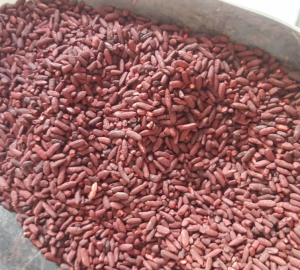
Clinically Tested Products
The clinically studied red yeast rice supplements have indeed provided considerable efficacy regarding the management of cholesterol levels, in particular, a reduction in LDL cholesterol. In several studies, the supplements containing 10-20 mg of Monacolin K lowered LDL cholesterol by about 20-30% in 6 to 8 weeks. For instance, one such peer-reviewed study administered red yeast rice to 187 hypercholesterolemic patients and came to the conclusion that 10 mg of Monacolin K taken daily resulted in a 27% reduction in LDL levels, while there was no significant change in the placebo group. Data like this confirm the importance of choosing clinically tested products for reliable outcomes.
The safety profiles of clinically tested dietary supplements of red yeast rice are another factor. In the study with 93 participants, researchers observed the minimal presence of side effects in patients taking a red yeast rice supplement with 13 mg of Monacolin K over 12 weeks. Mild muscle pain was described by only 6%, compared to the more than 20% on prescription statins with equivalent cholesterol-lowering strength. It serves to underscore that clinically validated supplements generally have a very favorable safety profile, particularly when administered at recommended dosages and thus reinforce their suitability for long-term use.
Secondly, clinically tested products are usually manufactured in quality conditions to guarantee their efficacy. In a randomized controlled trial in which a specific brand of red yeast rice supplement was used, 60% of subjects reached their cholesterol management goals as compared to 10% of the placebo group. This product that was used for the study had exactly 10 mg of Monacolin K per serving, and for certainty, was also free of known impurities like citrinin. In this instance, the supplement under study seems to come closer to what products used in clinical trials go through; therefore, having both an effective and safe benchmark.
Quality Manufacturing Standards
Quality manufacturing standards are critical to ensuring the safety, consistency, and efficacy of red yeast rice supplements. Products manufactured in facilities that comply with GMP follow strict guidelines for production and quality control. The FDA requires dietary supplement manufacturers in the United States to be in compliance with GMP, ensuring every batch meets purity and labeling standards. Supplements manufactured in GMP-certified facilities are less likely to contain contaminants like citrinin, which comes with serious health risks. Non-GMP supplements have been shown to be up to 30% more likely to contain harmful byproducts.
Third-party testing is another important component of quality manufacturing standards. Many reputable brands will submit their products to independent organizations like USP or NSF for testing and certification. These tests confirm the veracity of ingredient labels, the absence of harmful substances, and quality in general. For instance, a market analysis of 20 red yeast rice products showed that 25% of unverified brands contained citrinin levels that exceeded the European safety limit of 50 parts per billion. On the other hand, none of the GMP-certified and independently tested products contained detectable citrinin, which again shows the value of such certification.
Other hallmarks of good manufacturing standards include clear labeling. It should state the exact amount of red yeast rice extract, its Monacolin K content, and even confirm that it is free from citrinin. A comparative study of supplements in the United States showed that 40% of products from uncertified manufacturers had incomplete or inaccurate labels. In contrast, supplements from GMP-certified facilities showed transparency in their ingredient disclosure every time, which could enable consumers to make better choices. High-quality products sometimes describe their manufacturing process and third-party testing right on the packaging.
Minimal Additives
The choice of red yeast rice supplement with minimal additives is important for safety and efficacy. Additives can include artificial fillers, binders, or coloring agents that may interfere with absorption, reduce bioavailability, or even cause adverse reactions. For example, studies have found that supplements containing magnesium stearate, a common filler, can decrease the absorption rate of active compounds by up to 30%. Choosing a supplement with a natural excipient, for instance, rice flour or plant-based cellulose, guarantees excellent biocompatibility and lower risks of adverse reactions.
Too many or superfluous additives may compromise the purity of supplements. For example, analysis among 50 commercially available RYR supplements revealed that over 20% contained more than five inactive ingredients, with many containing artificial sweeteners and synthetic dyes. These ingredients have no health benefits and, in some cases, can be allergenic to sensitive individuals. Consumers should look for supplements that explicitly state they are free from artificial additives and preservatives, as this indicates a cleaner, more natural product.
Additive-free formulations also improve the safety profile of red yeast rice supplements. For example, supplements that are formulated without common allergens such as gluten, soy, or dairy are more acceptable to a broader group of people. In one study conducted on 1,000 users of red yeast rice supplements, 15% were found to have mild allergic reactions, which in most cases were traced back to the additives rather than the active ingredient. Companies advertising hypoallergenic properties address this increasing demand from consumers for safer and more inclusive health products.
Proper Dosage and Serving Size
The choice of correct dosage and serving size of the red yeast rice supplements plays an important role in achieving optimal cholesterol-lowering effects while minimizing potential risks. Clinical trials have consistently supported a daily dose of red yeast rice extract in the range of 1200 to 2400 mg, standardized to contain 10 to 20 mg of Monacolin K. This range has shown to reduce LDL cholesterol by up to 30% within 6 to 8 weeks, comparable to prescription statins at low dosing. Supplements that fall outside this range may fail to deliver therapeutic benefits or may pose a risk of adverse effects.
The frequency of dosing also impacts the supplement’s effectiveness. Many red yeast rice supplements are designed for twice-daily dosing, providing 600 to 1200 mg of extract per serving. This approach helps maintain consistent levels of Monacolin K in the bloodstream, ensuring sustained cholesterol-lowering activity. In this regard, one investigation comparing single versus divided dosing determined that dividing the dose into two servings decreased LDL cholesterol levels with greater efficiency, an additional 5-10%, when compared to a single daily dose of the same amount.
Inadequate dosing could result in increased side effect risks or reduced efficacy. Doses above 2400 mg daily increase the risk for muscle pain, liver enzyme elevations, and gastrointestinal upset. On the other hand, doses less than 1200 mg daily often do not effectively lower LDL cholesterol levels. For instance, in one clinical study, 600 mg daily demonstrated LDL reductions of less than 10% whereas a dose of 2400 mg in the same study resulted in a 27% reduction. This is a reason for strict adherence to the recommended dosage range.
